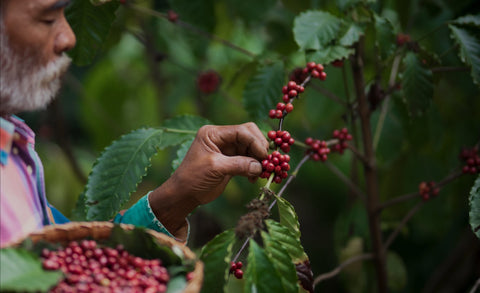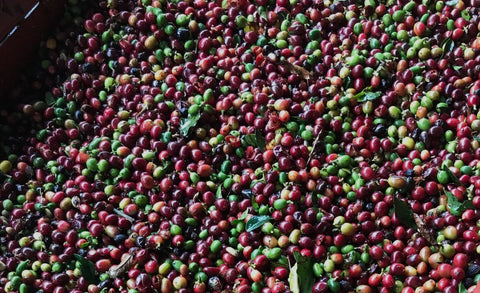Coffee origins refer to the geographic regions where coffee beans are grown. These regions have distinct climates, altitudes, soil compositions, and growing practices, all of which contribute to the unique flavours and characteristics of the coffee produced. Here are the fundamental differences between different coffee origins:
Central America:
Flavour Profile: Typically known for bright acidity, medium body, and clean flavours. Varieties like Colombian, Guatemalan, and Costa Rican coffees are common.
Altitude: Many Central American coffees are grown at high altitudes, resulting in slower bean maturation and more nuanced flavours.
Africa:
Flavour Profile: Often feature fruity, floral, and sometimes wine-like flavours. Ethiopian and Kenyan coffees are known for their complexity and distinct profiles.
Processing Methods: Many African countries employ traditional processing methods like natural (dry) processing, which contributes to unique flavour profiles.
Asia-Pacific:
Flavour Profile: Coffees from this region often have earthy, herbal, and sometimes spicy notes. Indonesian coffees like Sumatra and Java are well-known examples.
Processing: Wet-hulling is a common processing method in Indonesia, which results in unique flavours and a distinct appearance.
Central America:
Flavour Profile: Offers a range of flavours from bright and fruity to nutty and chocolaty. Honduras, Nicaragua, and Panama produce a diverse array of flavours.
Growing Altitude: Many Central American coffees are grown at various altitudes, leading to a broad spectrum of flavour profiles.
South America:
Flavour Profile: South American coffees often have a balanced flavour profile with mild acidity and good body. Brazilian coffee is a prominent example, known for its smooth and nutty character.
Variety: Brazil is one of the largest coffee-producing countries, and its diverse regions produce a wide range of flavours.
Terroir and Processing:
Terroir Influence: Like wine, coffee's terroir - climate, soil, altitude, and more - affects its flavour profile.
Processing Methods: Different processing methods (washed, natural, honey) also impact flavour, body, and acidity.
Cultural and Regional Practices:
Cultural Impact: Local practices and traditions influence how coffee is grown, harvested, and processed.
Economic Factors: Economic conditions in different regions affect farming practices, labour, and processing methods.
Understanding the fundamental differences between coffee origins helps coffee enthusiasts, roasters, and baristas appreciate the diversity and complexity of coffee flavours. It allows for better selection, brewing, and enjoyment of coffee based on individual preferences and taste experiences.



